When Lawrence and Penny Higgins of Fairfield, Maine, first discovered in 2020 that prime ranges of poisonous chemical compounds known as PFAS taint their house’s effectively water, they puzzled how their well being would possibly undergo. That they had consumed the water for many years, given it to their pets and livestock, and used it to irrigate their vegetable backyard and fruit timber.
“We wished to seek out out simply what it’s going to do to us,” Penny Higgins mentioned. They contacted a few docs, however “we have been met with a brick wall. No one knew something.”
Worse nonetheless, she added, they “actually didn’t need to hear about it.”
Many clinicians stay unaware of the well being dangers linked to PFAS, quick for perfluoroalkyl and polyfluoroalkyl substances, regardless of rising medical and public consciousness of the chemical compounds and their toxicity. PFAS can have an effect on almost each organ system and linger in our bodies for many years, elevating dangers of most cancers, immune deficiencies, and being pregnant issues.
These “without end chemical compounds” have been extensively used for the reason that Nineteen Fifties in merchandise together with cosmetics, cookware, clothes, carpeting, meals packaging, and firefighting foam. Researchers say they permeate water techniques and soils nationwide, with a federal examine estimating that not less than 45% of U.S. faucet water is contaminated. PFAS may be detected within the blood of almost all Individuals, based on the Facilities for Illness Management and Prevention.
Maine was among the many first states to start intensive water and soil testing and to attempt to restrict additional public publicity to PFAS by way of coverage motion, after discovering that farms and residences — just like the Higgins’ property — had been contaminated by land-spreading of wastewater sludge containing PFAS. Publicity will also be excessive for folks residing close to navy bases, fireplace coaching areas, landfills, or manufacturing amenities.
In areas the place testing reveals PFAS scorching spots, medical suppliers may be caught flat-footed and sufferers left adrift.
Rachel Criswell, a household follow physician and environmental well being researcher, is working to vary that. She was finishing her residency in Central Maine across the time that the Higginses and others there started discovering the extent of the contamination. Her medical coaching at Columbia College included greater than a 12 months in Norway researching the consequences of PFAS and different chemical compounds on maternal and toddler well being.
When sufferers started asking about PFAS, Criswell and the state toxicologist supplied major care suppliers lunchtime shows on how you can reply. Since then, she has fielded frequent PFAS questions from docs and sufferers all through the state.
Even educated suppliers can discover it difficult to remain present given quickly evolving scientific data and few established protocols. “The work I do is exhausting and time-consuming and generally irritating,” Criswell mentioned, “nevertheless it’s precisely what I needs to be doing.”
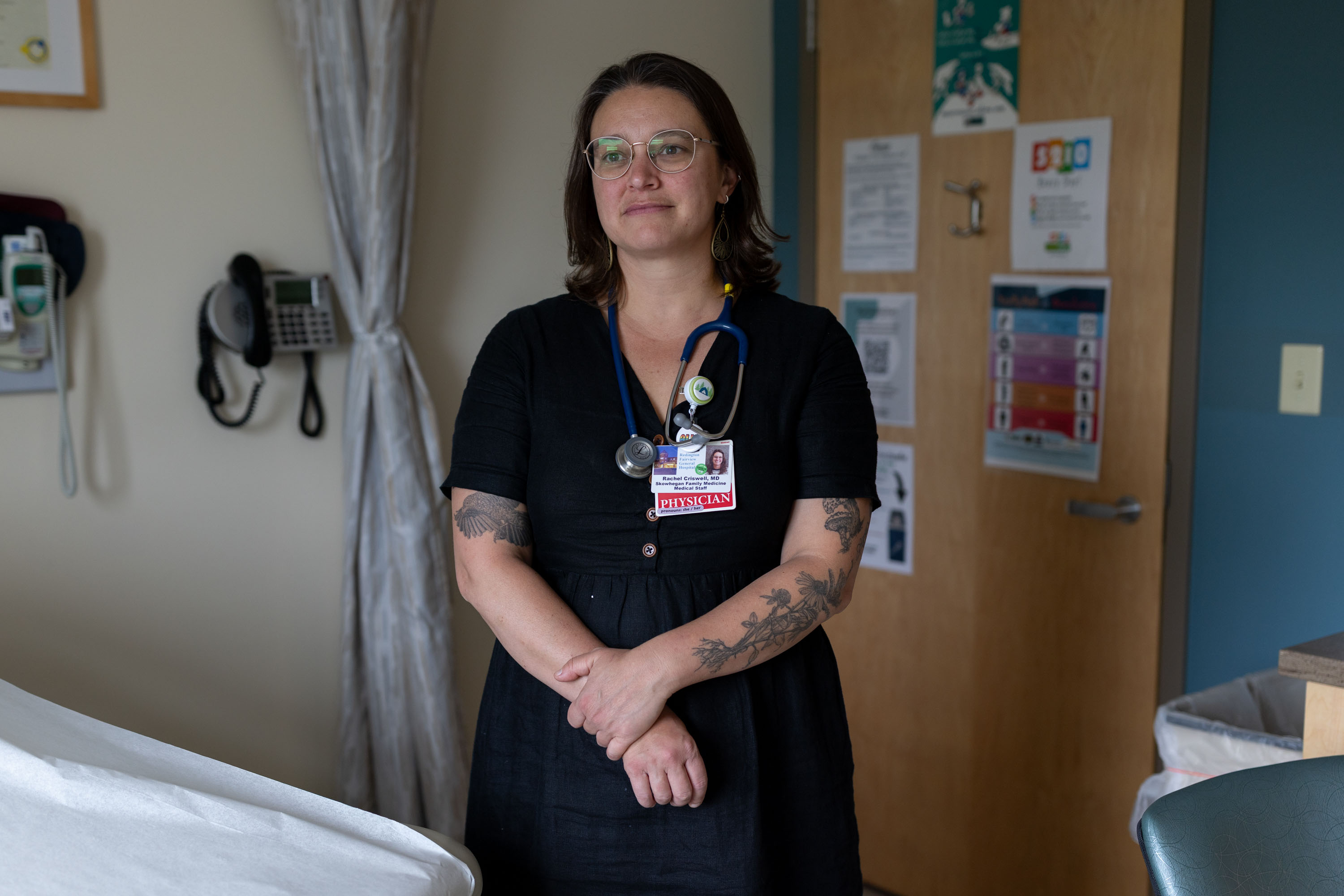
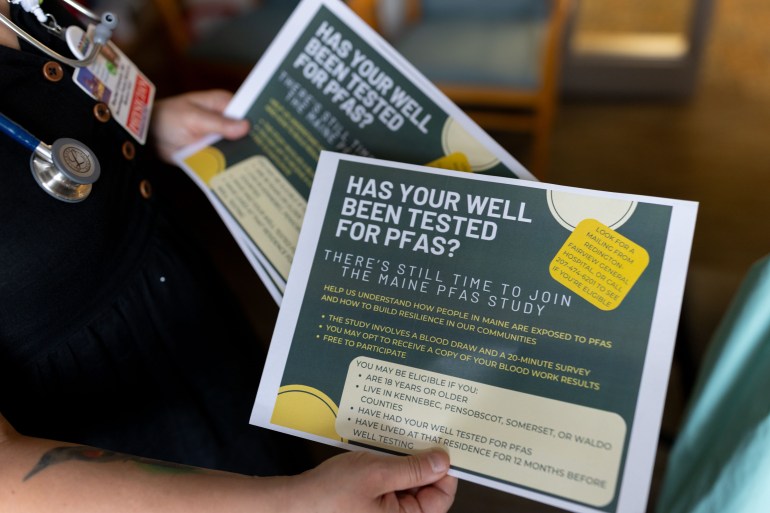
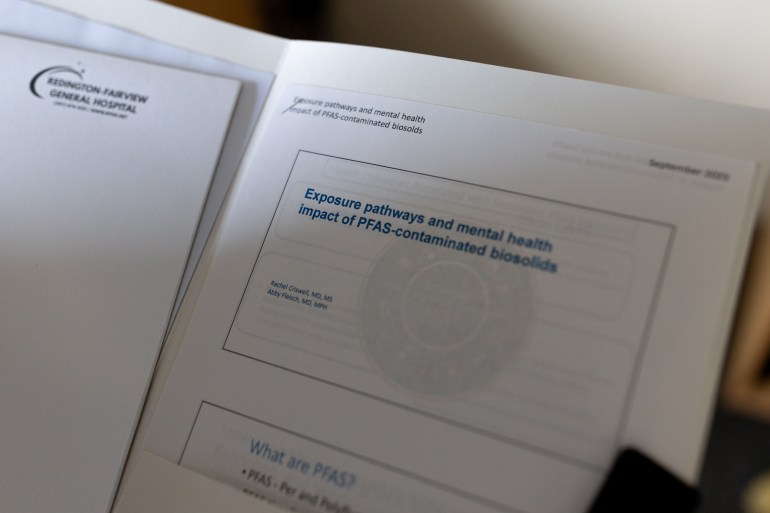
Phil Brown, a Northeastern College sociology professor and a co-director of the PFAS Challenge Lab, mentioned the medical group “doesn’t know quite a bit about occupational and environmental well being,” including that “it’s a really minimal a part of the medical faculty curriculum” and persevering with schooling.
Courtney Carignan, an environmental epidemiologist at Michigan State College, mentioned studying of PFAS publicity, whether or not from their ingesting water or occupational sources, “is a delicate and upsetting scenario for folks” and “it’s useful if their docs can take it severely.”
Scientific steerage regarding PFAS improved after the Nationwide Academies of Sciences, Engineering, and Drugs launched a report on PFAS in 2022. It discovered robust proof associating PFAS with kidney most cancers, excessive ldl cholesterol, lowered start weights, and decrease antibody responses to vaccines, and a few proof linking PFAS to breast and testicular most cancers, ulcerative colitis, thyroid and liver dysfunction, and pregnancy-induced hypertension.
That steerage “revolutionized my follow,” Criswell mentioned. “As a substitute of being this hand-wavey factor the place we don’t know how you can apply the analysis, it introduced a level of concreteness to PFAS publicity that was form of lacking earlier than.”
The nationwide academies affirmed what Criswell had already been recommending: Docs ought to order blood checks for sufferers with identified PFAS exposures.
Testing for PFAS in blood — and for associated medical circumstances if wanted — may also help ease sufferers’ nervousness.
“There isn’t a day that goes by,” Lawrence Higgins mentioned, “that we don’t suppose and surprise when our our bodies are going to close down on us.”

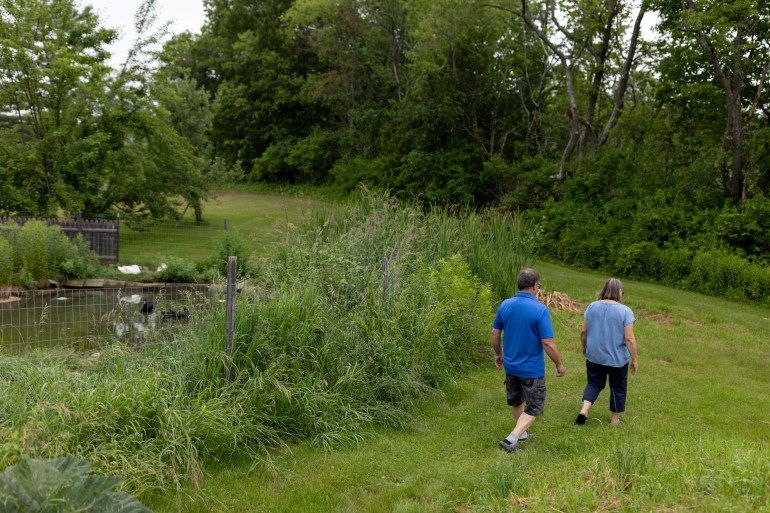

‘Devastating however Extremely Useful’
After discovering out in 2021 that his household was uncovered to PFAS by way of sludge unfold on their Unity, Maine, farm a long time earlier, Adam Nordell found that “it was exceedingly troublesome” to get examined. “Our household physician had not heard of PFAS and didn’t know what the take a look at was,” he mentioned. A lab technician wanted teaching from an outdoor skilled to supply the take a look at. The lab analyzing the samples had a backlog that left the household ready three months.
“The outcomes have been devastating however extremely useful,” Nordell mentioned. Their blood serum ranges for PFAS have been at roughly the 99th percentile nationally, far greater than their well-water ranges would have predicted — indicating that further publicity was most likely coming from different sources similar to soil contact, mud, and meals.
Blood ranges of PFAS between 2 and 20 nanograms per milliliter could also be problematic, the nationwide academies reported. In extremely contaminated settings, blood ranges can run upward of 150 instances the 20-ng/mL danger threshold.
Nordell and his household had been planning to stay on the farm and develop crops much less affected by PFAS, however the take a look at outcomes persuaded them to depart. “Information is energy,” Nordell mentioned, and having the blood information “gave us company.”
The nationwide academies’ steerage paved the best way for extra clinicians to order PFAS blood checks. The fee, sometimes $400 to $600, may be prohibitive if not picked up by insurance coverage, and never all insurers cowl the testing. Deductibles and copays may restrict sufferers’ capability to get examined. Less expensive finger-prick checks, administered at house, seem to seize among the extra generally discovered PFAS as precisely as blood serum checks, Carignan and colleagues discovered.
Maine legislators just lately handed, with overwhelming assist, a invoice — modeled after one in New Hampshire — that will require insurers to think about PFAS blood testing a part of preventive care, nevertheless it was carried over to the following legislative session.
“In my thoughts, it’s a no brainer that the PFAS blood serum take a look at needs to be universally supplied — without charge to the affected person,” mentioned Nordell, who now works as a marketing campaign supervisor for the nonprofit Defend Our Well being. Early screening for the ailments related to PFAS, he mentioned, is “a humane coverage that’s in one of the best pursuits of everybody concerned” — sufferers, suppliers, and insurance coverage corporations.
Criswell tells colleagues in household follow that they’ll view elevated PFAS blood ranges as a danger issue, akin to smoking. “What’s difficult as a major care physician is the nitty-gritty” of the testing and screening logistics, she mentioned.
In trainings, she shares a handout summarizing the nationwide academies’ steerage — together with related heath circumstances, blood testing, scientific follow-up, and publicity discount — to which she has added particulars about lab take a look at order codes, insurance coverage prices and protection, and water filtration.
Criswell served on an advisory committee tasked with allocating $60 million in state funds to deal with PFAS contamination from previous sludge-spreading in Maine. The group beneficial that labs analyzing PFAS blood checks ought to report the outcomes to state public well being authorities.
That change, slated to take impact this summer time, will enable Maine well being officers to observe up with individuals who have excessive PFAS blood ranges to higher decide potential sources and to share data on well being dangers and medical screening. As with many earlier PFAS insurance policies, Maine is among the many first states to undertake this measure.
Screening for PFAS is falling quick in lots of locations nationwide, mentioned Kyle Horton, an internist in Wilmington, North Carolina, and founding father of the nonprofit On Your Aspect Well being. She estimates that solely about 1 in 100 folks going through excessive PFAS publicity are getting enough medical steerage.
Even in her extremely contaminated group, “I’m not conscious of anybody who’s routinely screening or discussing PFAS mitigation with their sufferers,” Horton mentioned. Information of native PFAS threats, she added, “hasn’t translated over to of us managing sufferers in a different way or making an attempt to get by way of to that subsequent section of medical monitoring.”
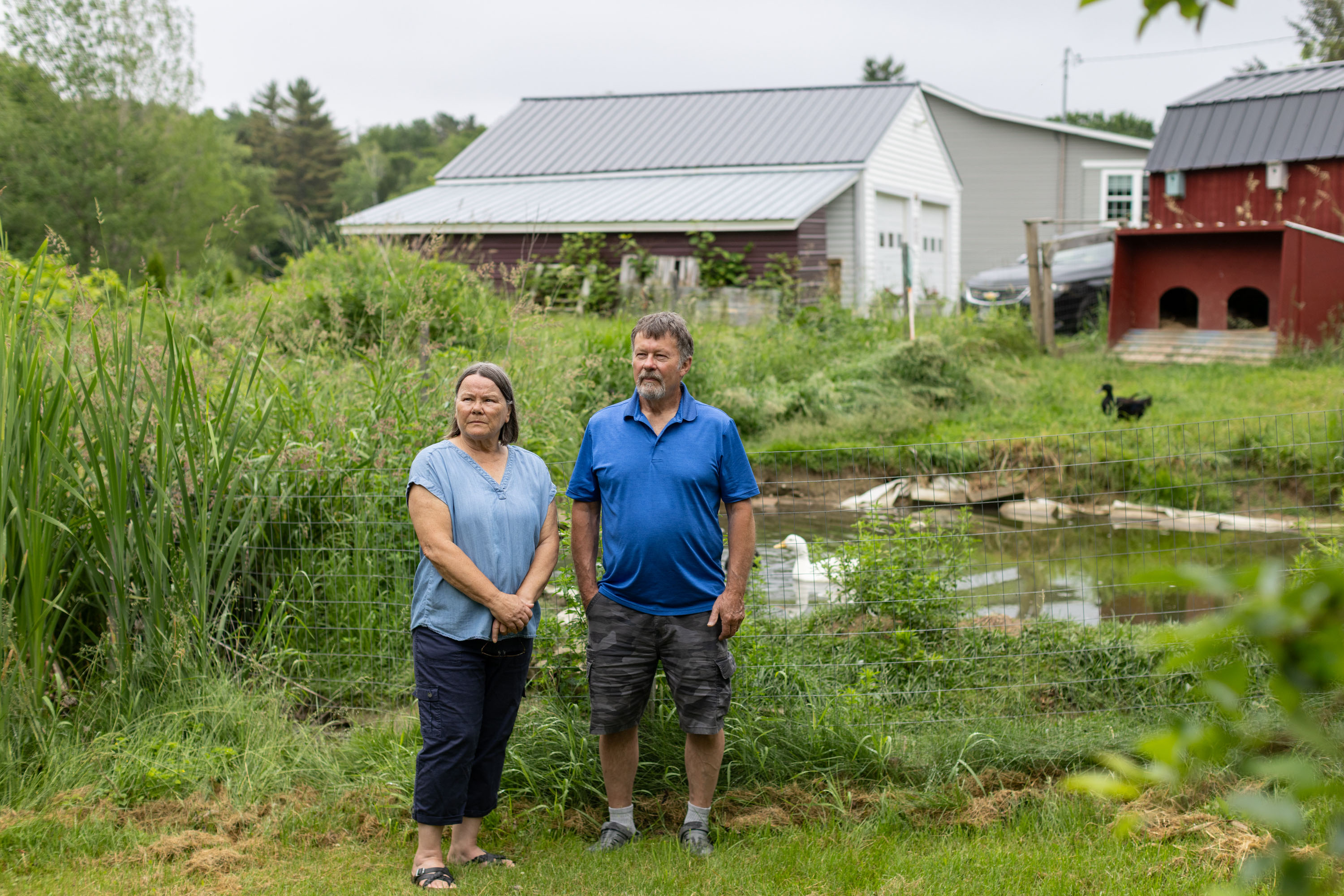
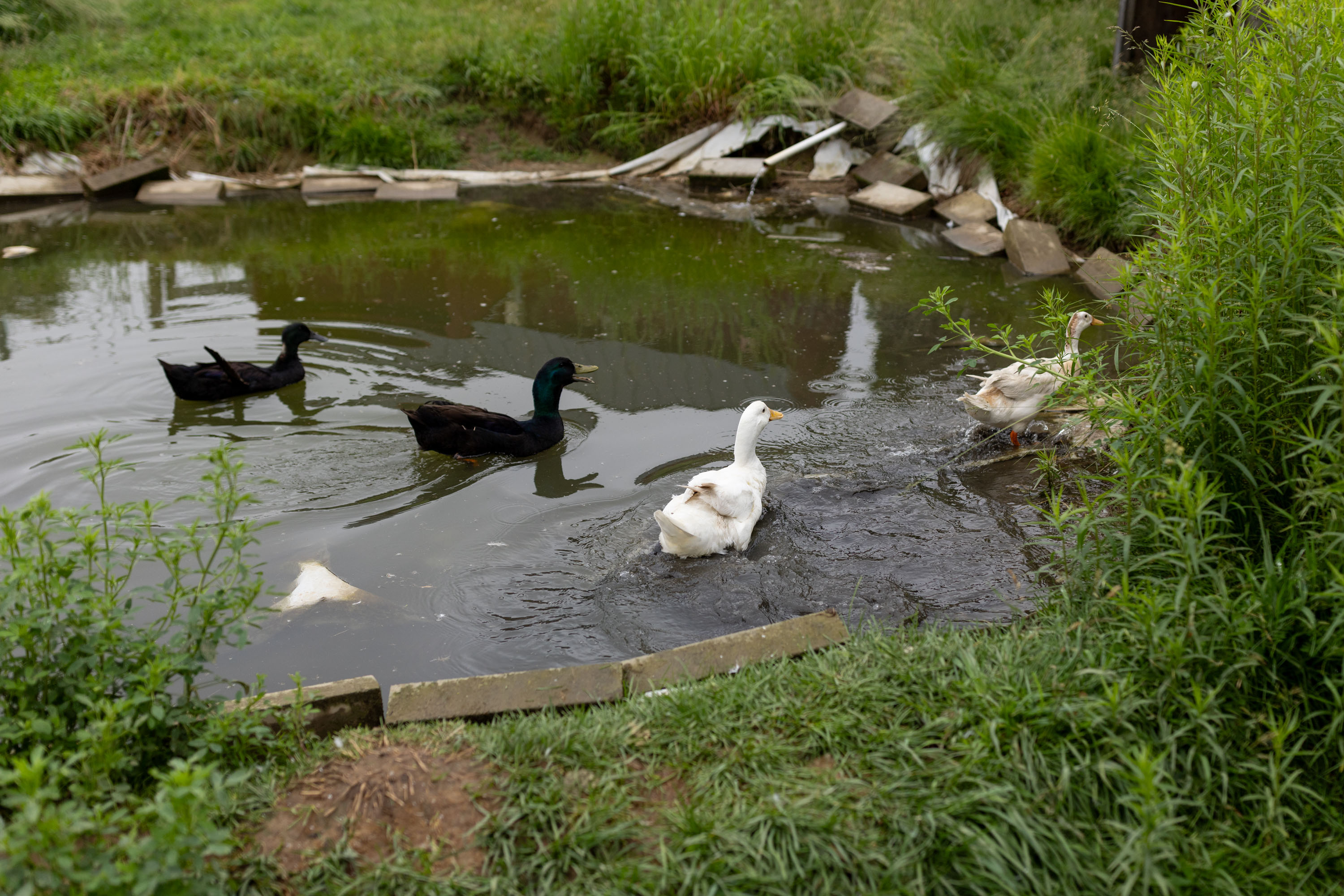
Sufferers as Advocates
In closely affected communities — together with in Michigan, Maine, and Massachusetts — sufferers are pushing the medical subject to higher perceive PFAS.
Extra docs are talking out as effectively. Testifying earlier than a Maine legislative committee this 12 months in assist of a invoice that will restrict occupational PFAS publicity, Criswell mentioned, “We, as physicians, who’re sworn to guard the well being of our sufferers, should take note of the underlying causes of the sicknesses we deal with and rise up for coverage options that scale back these causes.”
Even the place coverage modifications are instituted, the bodily and psychological toll of “without end chemical compounds” will prolong far into the longer term. Criswell and different Maine docs have noticed continual stress amongst sufferers.
Nordell, the previous farmer, described his household’s contamination as “deeply, deeply jarring,” an ordeal that has at instances left him “unmoored from a way of safety.”
To evaluate the psychological well being penalties of PFAS publicity in rural residents, Criswell and Abby Fleisch, a pediatric endocrinologist on the MaineHealth Institute for Analysis, teamed up on a examine. In its first section, winding up this summer time, they collected blood samples and detailed way of life data from 147 folks.
Nordell, the Higginses, and different Central Maine residents sit on an advisory board for the examine, a step Criswell mentioned was important to making sure that their analysis helps these most affected by PFAS.
“The urgency from the group is de facto wanted,” she mentioned. “I don’t suppose I might be as fired up if my sufferers weren’t such good advocates.”
Criswell has confronted what she calls “cognitive dissonance,” caught between the deliberate tempo of peer-reviewed medical analysis and the speedy wants of sufferers desirous to decrease their PFAS physique burden. Initially she thought-about inviting residents to take part in a scientific trial to check therapies which are thought-about secure and will assist scale back PFAS ranges within the physique, similar to high-fiber diets and a drug designed to scale back ldl cholesterol known as cholestyramine. However the scientific trial course of might take years.
Criswell and Fleisch are as an alternative planning to provide a case collection on PFAS blood-level modifications in sufferers taking cholestyramine. “We will validate the analysis outcomes and share these,” Criswell mentioned, doubtlessly serving to different sufferers.
Alan Ducatman, an internist and occupational doctor who helped design the largest PFAS cohort examine to this point, mentioned suppliers ought to convey that “there isn’t a risk-benefit evaluation” for any of the present therapies, though they’re typically well-known and low-risk.
“Some folks need to be handled, and they need to be allowed to be handled,” he mentioned, as a result of figuring out they’ve excessive PFAS ranges of their our bodies “preys on them.”



